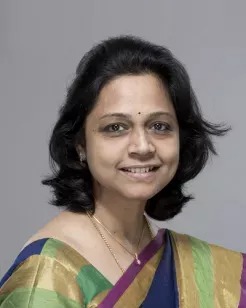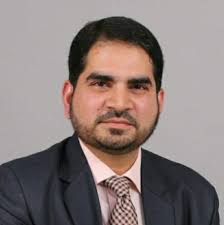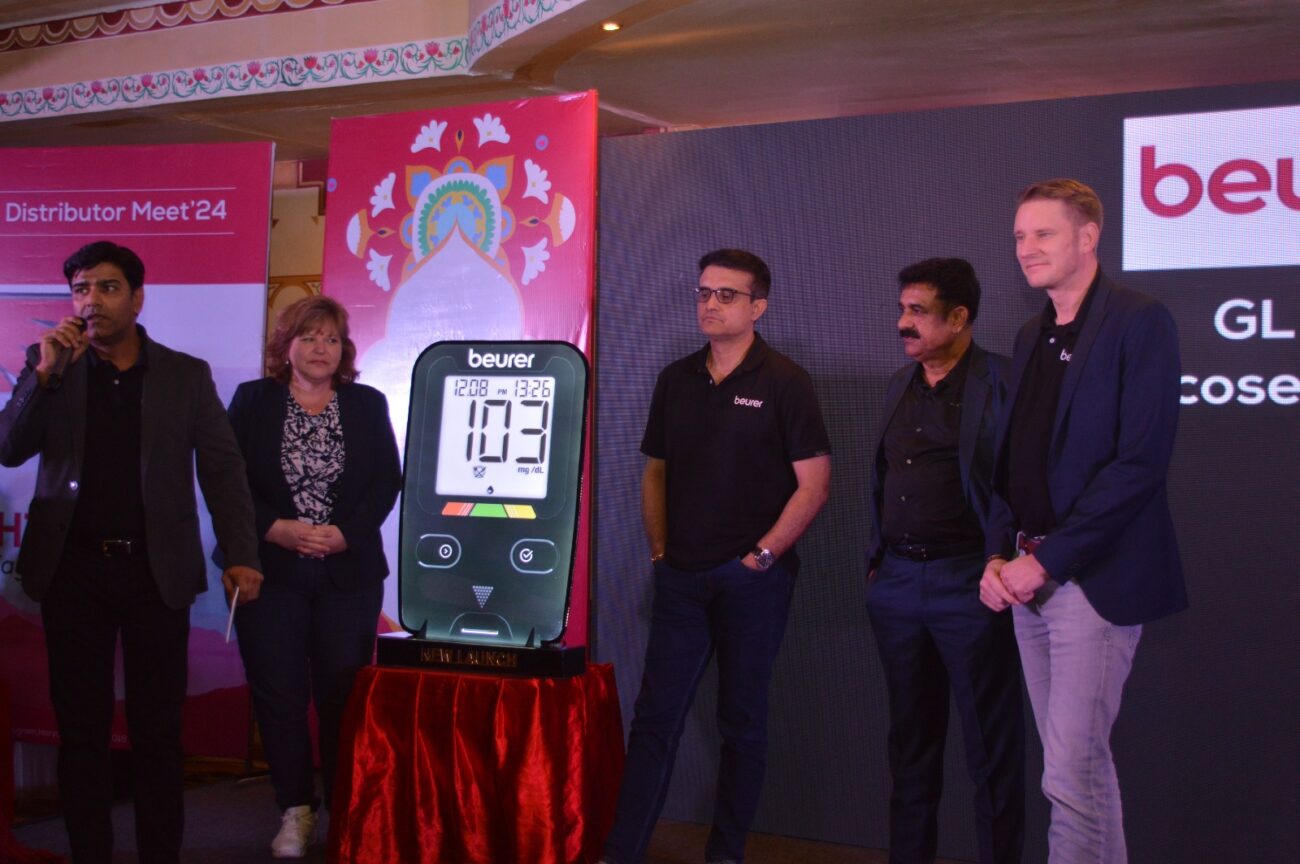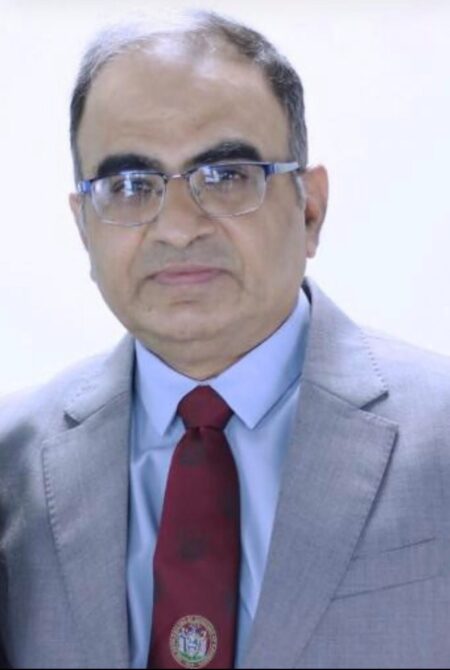Polio: A Global Challenge and India’s Fight on World Polio Day
Dr. Parimala V Thirumalesh, Sr. Consultant - Neonatology & Pediatrics, Aster CMI Hospital, Bangalore World Polio Day is marked internationally on October 24 every year. It is a necessary awareness for the battle of polio. It

Dr. Parimala V Thirumalesh, Sr. Consultant – Neonatology & Pediatrics, Aster CMI Hospital, Bangalore
World Polio Day is marked internationally on October 24 every year. It is a necessary awareness for the battle of polio. It is a viral disease that mainly affects children below the age of five, even though polio has been wiped out in many countries. And a large part of the world is still suffering because of inadequate immunization strategies. This paper focuses on the symptoms, management, and current patterns of the eradication of the polio virus in children in India. And stressing on the need for persistent efforts to eradicate Polio.
Understanding Polio: Symptoms and Effects
Polio, which occurs because of the poliovirus. These can result in severe consequences such as paralysis. These usually begin with nonspecific, flu-like symptoms that can be easily ignored.
Some of the common early signs are as follows:
- Fever
- Labor
- Headaches
- Vomiting.
- Stiffness of neck and back.
Depending on the severity of the infection, the virus can lead to irreversible conditions such as partial paralysis. These issues are especially common in the lower extremities. The majority of individuals infested with the virus do not exhibit any signs, but the virus can be transmitted via eating or drinking contaminated substances. This, undoubtedly, is a large threat to the health of the people.
Therapy: Treatment Strategy Targeting Apieces
At this stage, occurrence of polio is incurable. Hence vaccination becomes quite critical for any form of disease infection.
Polio vaccines come in two major varieties:
- The inactivated polio vaccine (IPV) is administered to patients intramuscularly (IM) and is a standard immunological vaccination in many countries.
- OPV – The oral polio vaccine, designed to be swallowed, is useful in large-scale vaccination efforts.
Vaccine distribution in India has been very effective given that Gov’t and multiple NGOs are promoting it. Campaigns for public education are targeting individuals in the affected communities to explain the importance of vaccines in polio prevention and how devastating polio can be.
Industry Trends in India: A Promising Outlook
India has achieved significant milestones in polio eradication within the duration of the last twenty years. In the year 2014, the country was free of polio according to the decision of the World Health Organization. This is what is said to be a big milestone in the context of world health. However, the fight is still on as there are some sensibilities that still remain because of:
- Poor healthcare facilities.
- Reluctance to vaccination.
- Socio economic factors.
The recent changes show a commitment to improving the health sector in the country. Indian administration together with international institutions Plans for the implementation of sophisticated vaccine technologies. This is in order to ensure that the vaccine is available even in the remotest areas. Progress in science and technology is leading to advancements in better monitoring and information retrieval. This facilitates the distribution of the vaccine more precisely with regards to the target population. Immunization coverage expansion is sustained by growing public private partnerships. The government and pharmaceutical industries are working hand in hand to enhance the production and circulation of vaccines. In order to protect the population from the threat of polio virus.
Conclusion: A Call to Action
World Polio Day serves as a reminder for everyone, mostly in India where there is a notable progress in the fight against Polio, that there is still a long way to go. We still need constant improvement in surveillance, vaccination coverage and, most important, establishing community involvement in the fight against this disease. It is a responsibility that is shared among the government and other sectors including health care providers and the population as a whole, ensuring that all children are fully vaccinated against Polio.
It is possible to reduce the incidence of Poliovirus by focusing on healthcare-oriented programs and promoting a sense of responsibility. We should adopt this cause and work towards a polio-free generation. Keep in mind that polio should not be a feared word in the future; And focus on making this day a day of achievement and positivity rather than defeat and despair.






